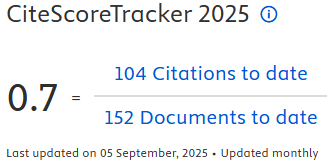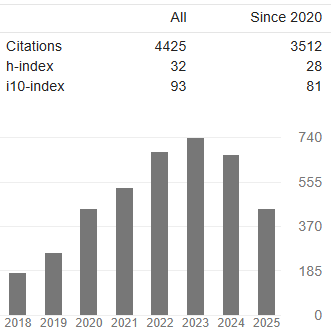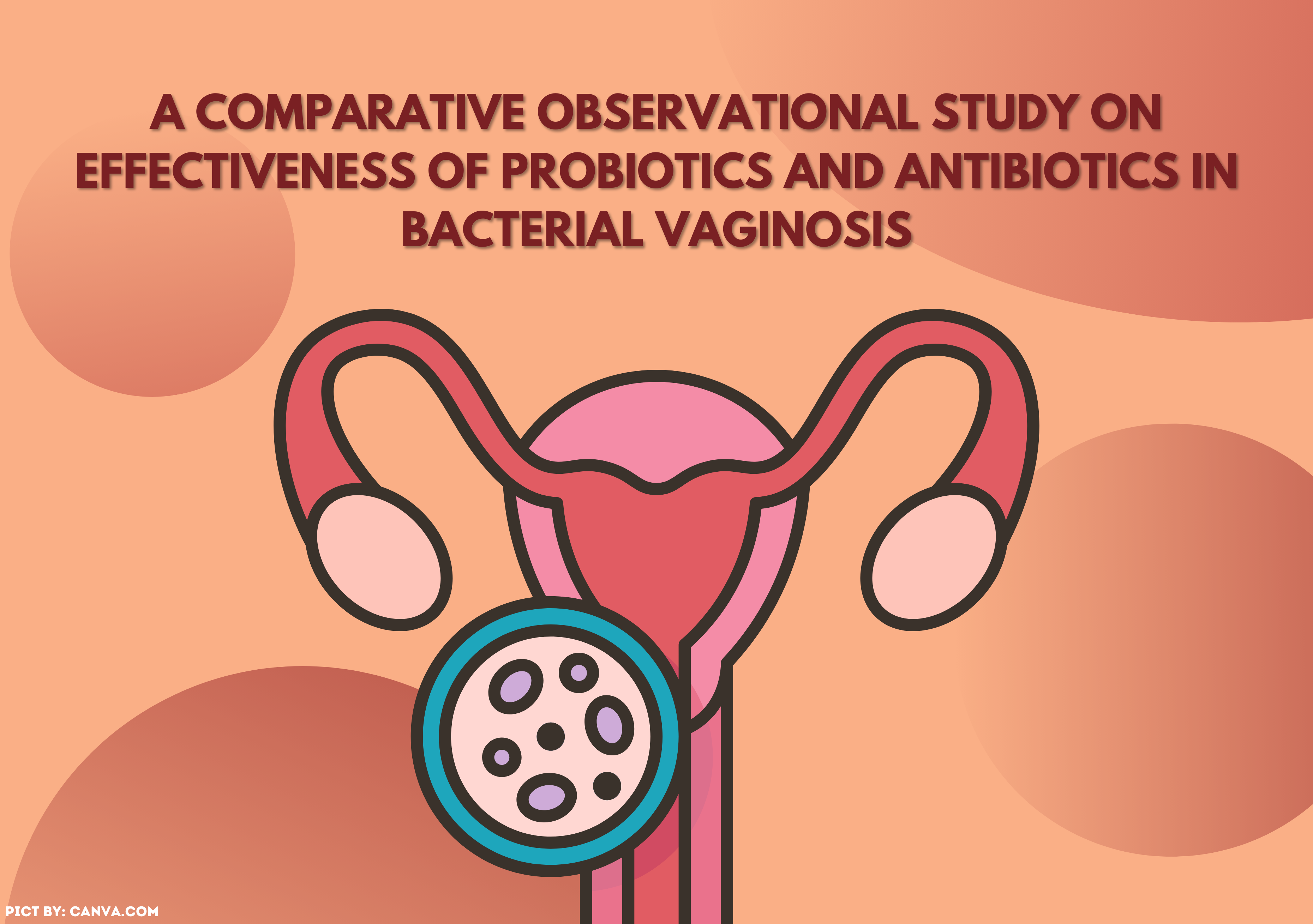THE DEVELOPMENT AND VALIDITY OF MINDFULNESS DHIKR BREATHING THERAPY FOR INSOMNIA

Introduction: The prevalence of insomnia in Indonesia is still quite high around 10% to 38.5%. Mindfulness is one of the therapeutic models that can overcome the weaknesses of previous therapeutic for insomnia. Muslims need therapy that uses elements of Islam to feel the benefits. Aim: to develop mindfulness dhikr breathing therapy for insomnia. In this study, we assess the face validity, content validity, and acceptability of the module and audio recording of the mindfulness dhikr breathing therapy. Methods: This research is part of a research and development model of mindfulness dhikr breathing therapy for insomniacs. Participant for the validity test was five experts in psychology. Participants for the acceptability test were 13 adults who suffered from insomnia. The object assessed was the module and audio recording of the therapeutical model. Analysis of face validity was using the subjective valuation by the rater. Analysis of content validity used Aiken's V coefficient. Result: From the rater's subjective assessment of the therapy module and audio recording of the therapy several suggestions were obtained. The content validity based on the average Aiken V coefficient was 0.99 (>0.84, p=0.021). The acceptability obtained average rating for all aspects of the acceptance assessment was 4,30 (>3). Conclusion: The mindfulness dhikr breathing therapy is worthy of use and acceptable as a therapeutic for insomnia. Researchers hope that the development of the module and audio recording of mindfulness dhikr breathing therapy can help the implementation of therapy so that it can be more optimal in overcoming insomnia.
Aiken, L.R. (1985) ‘Three Coefficients For Analyzing The Reliability And Validity Of Ratings', Educational and Psychological Measurement, 45, pp. 131–141. https://doi.org/10.1177/0013164485451012
American Academy of Sleep Medicine (2008) ‘Insomnia'.
Andas, A.M., Effendi, C. and Setyarini, S. (2020) ‘Validity and Reliability Test on Sleep Quality Scale ( SQS ) Instruments in Indonesia Version on Cancer Patients', International Journal of Research in Pharmaceutical Sciences, 11(4), pp. 7275–7280. https://doi.org/10.26452/ijrps.v11i4.3865
Atiyaningsih, N. and Wulandari, I. (2017) ‘Dhikr Therapy to Improving Sleep Quality for Post Surgery Patient at Banten Indonesia', ASEAN/Asian Academic Society International Conference Proceeding Series [Preprint].
Bollu, P.C. and Kaur, H. (2019) ‘Sleep Medicine: Insomnia and Sleep', Missouri Medicine, 116(1), pp. 68–75.
Buysse, D.J. (2014) ‘Sleep health: can we define It? does it matter?' Sleep, 37(1), pp. 9–17. https://doi.org/10.5665/sleep.3298
Carmody, J. et al. (2008) ‘Mindfulness, spirituality, and health-related symptoms', Journal of Psychosomatic Research, 64(4), pp. 393–403. https://doi.org/10.1016/j.jpsychores.2007.06.015
Carney, C.E. and Edinger, J.D. (2010) Insomnia and Anxiety. London: Springer. https://doi.org/10.1007/978-1-4419-1434-7
de Diego-Cordero, R. et al. (2020) ‘The Use of Spiritual and Religious Interventions for the Treatment for Insomnia: A Scoping Review', Journal of Religion and Health, 61(1), pp. 507–523. https://doi.org/10.1007/s10943-020-01067-8
Fandiani, Y.M., Wantiyah and Juliningrum, P.P. (2017) ‘Pengaruh Terapi Dzikir Terhadap Kualitas Tidur Mahasiswa Program Studi Ilmu Keperawatan Universitas Jember', NurseLine Journal, 2(1), pp. 52–60. https://doi.org/10.19184/nlj.v2i1.5196
Fitri, E.Y.Y. and Andhini, D. (2016) ‘Pengaruh Terapi Nature Sounds Terhadap Kualitas Tidur Pada Pasien Dengan Sindroma Koronaria Akut', Jurnal Keperawatan Sriwijaya, 3(1), pp. 30–39.
Friedrich, A. and Schlarb, A.A. (2017) ‘Let's talk about sleep: a systematic review of psychological interventions to improve sleep in college students', Journal of Sleep Research, 27(1), pp. 1–19. https://doi.org/10.1111/jsr.12568
Gross, C.R. et al. (2011) ‘Mindfulness-based stress reduction versus pharmacotherapy for chronic primary insomnia: A randomized controlled clinical trial', Explore: The Journal of Science and Healing, 7(2), pp. 76–87. https://doi.org/10.1016/j.explore.2010.12.003
Hastoro, M.F.R. (2022) ‘Relationship Between Physical Workload, Sleep Quality, Work Climate, and Noise Level With Work Fatigue in Rolling Mill Workers in Sidoarjo Steel Industry', The Indonesian Journal of Public Health, 17(2), pp. 319–330. https://doi.org/10.20473/ijph.v17i2.2022.319-330
Heriansyah, M. et al. (2021) Pengembangan Modul Praktik Konseling Individu Kognitif Behavior Terapi (CBT) Untuk Menurunkan Gangguan Kecemasan Akademik Mahasiswa. Samarinda: Program Studi Bimbingan dan Konseling. Fakultas Keguruan dan Ilmu Pendidikan. Universitas Mulawarman.
Hubbling, A. et al. (2014) ‘How mindfulness changed my sleep: Focus groups with chronic insomnia patients', BMC Complementary and Alternative Medicine, 14(1), pp. 1–11. https://doi.org/10.1186/1472-6882-14-50
Imardiani, Sari, A.N. and Ningrum, W.A.C. (2019) ‘Pengaruh Terapi Dzikir Asmaul-Husna Terhadap Kualitas Tidur Pada Pasien Intensif di Rumah Sakit Islam Siti Khadijah Palembang', Masker Medika, 7(2), pp. 535–542.
Ishak, W.W. et al. (2012) ‘Quality of Life in Patients Suffering from Insomnia',
Innovations in Clinical Neuroscience, 9(10), pp. 13–26. https://doi.org/10.5772/52277
Jernelöv, S. et al. (2012) ‘Efficacy of a behavioral self-help treatment with or without therapist guidance for co-morbid and primary insomnia -a randomized controlled trial', BMC Psychiatry, 12(5), pp. 1–13. https://doi.org/10.1186/1471-244X-12-5
Khayati, C.D.N., Adriani, P. and Khasanah, S. (2022) ‘Pengaruh Terapi Murotal Terhadap Kualitas Tidur Pada Lansia', Journal of Nursing & Health (JNH), 7(2), pp. 91–100.
Kim, H.-G. (2021) ‘Effects and mechanisms of a mindfulness-based intervention on insomnia', Yeungnam University Journal of Medicine, 38(4), pp. 282–288. https://doi.org/10.12701/yujm.2020.00850
Kusumawati, Y., Widyawati, W. and Dewi, F.S.T. (2021) ‘Development and validation of a survey to evaluate mental health knowledge: The case of Indonesian pregnant women', Open Access Macedonian Journal of Medical Sciences, 9(E), pp. 346–355. https://doi.org/10.3889/oamjms.2021.5844
Maheshwari, G. and Shaukat, F. (2019) ‘Impact of Poor Sleep Quality on the Academic Performance of Medical Students', Cureus, 11(4), pp. 9–13. https://doi.org/10.7759/cureus.4357
Moore, T. et al. (2021) ‘Acceptability, feasibility, and usability of a manualized cognitive behavioural programme for treatment of insomnia in children who sustained traumatic brain injury: A service providers' perspective.', Neuropsychological Rehabilitation, 31(4), pp. 583–600. https://doi.org/10.1080/09602011.2020.1717969
Mutalazimah, Azwar, S. and Murti, B. (2014) ‘Penskalaan Thurstone pada Aitem Thyroid Dysfunction Questionnaire (TDQ) Berbasis Gejala Biopsikososial', Jurnal Psikologi, 41(2), p. 135. https://doi.org/10.22146/jpsi.6945
Oluwatayo, J.A. (2012) ‘Validity and Reliability Issues in Educational Research', Journal of Educational and Social Research, 2(May), pp. 391–400. https://doi.org/10.5901/jesr.2012.v2n2.391
Ong, J.C. et al. (2014) ‘A Randomized Controlled Trial of Mindfulness Meditation for Chronic Insomnia', Sleep, 37(9), pp. 1553–1563. https://doi.org/10.1007/s12671-018-0911-6
Ong, J.C. et al. (2018) ‘A Randomized Controlled Trial of Mindfulness Meditation for Chronic Insomnia: Effects on Daytime Symptoms and Cognitive-Emotional Arousal', Mindfulness, 9(6), pp. 1702–1712. https://doi.org/10.1007/s12671-018-0911-6
Ong, J.C. and Smith, C. E. (2017) ‘Using Mindfulness for the Treatment of Insomnia', Current Sleep Medicine Reports, 3(2), pp. 57–65. https://doi.org/10.1007/s40675-017-0068-1
Perini, F. et al. (2021) ‘Mindfulness-based therapy for insomnia for older adults with sleep difficulties: A randomized clinical trial', Psychological Medicine [Preprint]. https://doi.org/10.1017/S0033291721002476
Purwanto, S. (2016) ‘Hubungan Antara Intensitas Menjalankan Dzikir Nafas dengan Latensi Tidur', Jurnal Indigenous, 1(1), pp. 32–38. https://doi.org/10.23917/indigenous.v1i1.3713
Purwanto, S. et al. (2023) ‘Prevalence of Insomnia at Before and During the COVID-19 Pandemic', Sleep Medicine Research, 14(2), pp. 80–87. https://doi.org/10.17241/smr.2023.01613
Purwanto, S., Anganthi, N.R.N. and Yahman, S.A. (2022) ‘Validity and effectiveness of dhikr breathing relaxation model therapy on insomnia disorders', Indigenous: Jurnal Ilmiah Psikologi, 7(2), pp. 119–129. https://doi.org/10.23917/indigenous.v7i2.17241
Rimbawan, P. and Ratep, N. (2016) ‘Prevalensi Dan Korelasi Insomnia Terhadap Kemampuan Kognitif Remaja Usia 15-18 Tahun Di Panti Asuhan Widhya Asih 1 Denpasar', E-Jurnal Medika Udayana, 5(5), pp. 1–8.
Soliman, H. and Mohamed, S. (2013) ‘Effects of Zikr Mediation and Jaw Relaxation on Postoperative Pain , Anxiety and Physiologic Response of Patients Undergoing Abdominal Surgery', Journal of Biology, Agriculture and Healthcare, 3(2), pp. 23–39.
Sukmawati, F. et al. (2022) ‘Muslim Spiritual Happiness Scale: The Instrument Development and Validation', Islamic Guidance and Counseling Journal, 5(2), pp. 135–151. https://doi.org/10.25217/igcj.v5i2.2754
Taherdoost, H. (2016) ‘Validity and Reliability of the Research Instrument; How to Test the Validation of a Questionnaire/Survey in a Research', International Journal of Academic Research in Management (IJARM), 5(3), pp. 28–36. https://doi.org/10.2139/ssrn.3205040
Taylor, D. et al. (2014) Handbook of Insomnia. London: Springer Healthcare. https://doi.org/10.1007/978-1-907673-73-3
Vitaliati, T. (2018) ‘Pengaruh Relaksasi Religius terhadap Penurunan Tingkat Insomnia pada Lansia Di PSLU Bondowoso', Jurnal Persatuan Perawat Nasional Indonesia (JPPNI), 2(1), p. 26. https://doi.org/10.32419/jppni.v2i1.80
Yazdi, Z. et al. (2014) ‘Prevalence of sleep disorders and their impacts on occupational performance: A comparison between shift workers and nonshift workers', Sleep Disorders, 2014, pp. 10–15. https://doi.org/10.1155/2014/870320
Copyright (c) 2023 The Indonesian Journal of Public Health

This work is licensed under a Creative Commons Attribution-NonCommercial-ShareAlike 4.0 International License.
- The authors agree to transfer the transfer copyright of the article to The Indonesian Journal of Public Health effective if and when the paper is accepted for publication.
- Authors and other parties are bound to the Creative Commons Attribution-NonCommercial-ShareAlike 4.0 International License for the published articles, legal formal aspect of journal publication accessibility refers to Creative Commons Attribution-NonCommercial-ShareAlike 4.0 International License (CC BY-NC-SA), implies that:
- Attribution ” You must give appropriate credit, provide a link to the license, and indicate if changes were made. You may do so in any reasonable manner, but not in any way that suggests the licensor endorses you or your use.
- NonCommercial ” You may not use the material for commercial purposes.
- ShareAlike ” If you remix, transform, or build upon the material, you must distribute your contributions under the same license as the original.






























